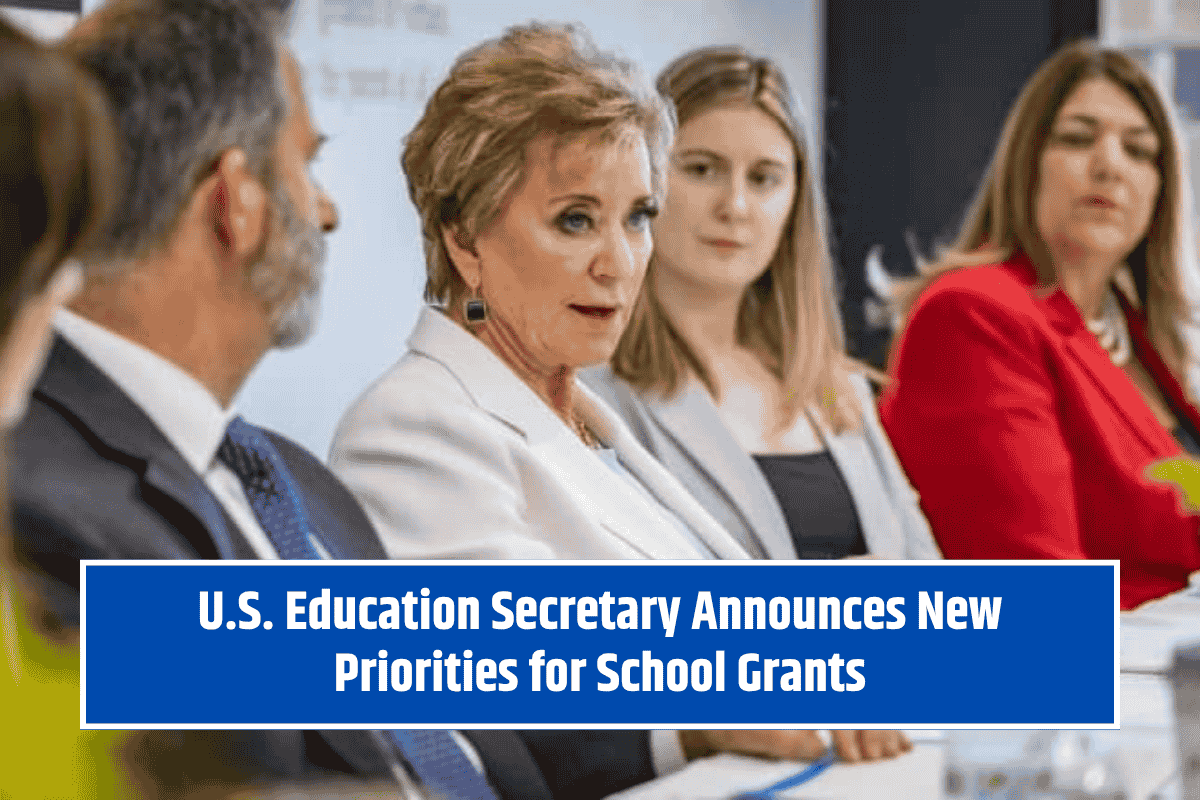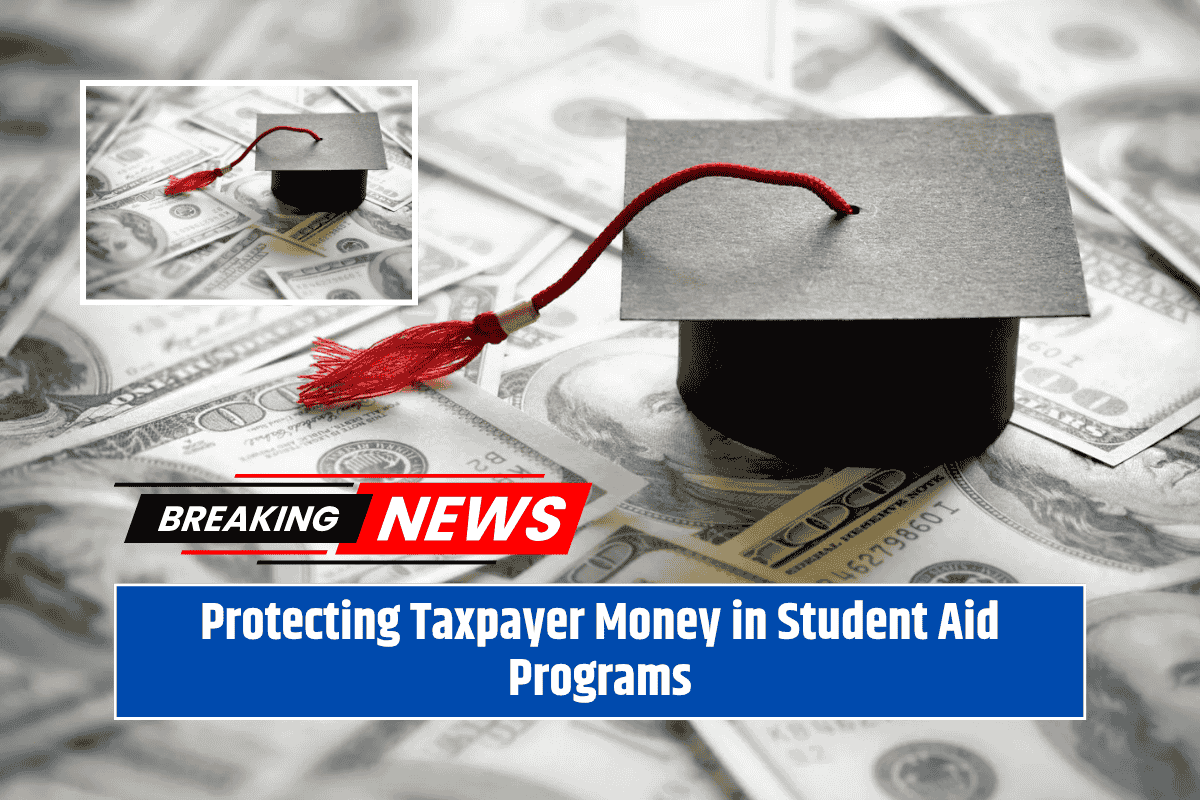U.S. Secretary of Education Linda McMahon has announced three new focus areas for how the U.S. Department of Education will give out future grant money. These new priorities are aimed at helping students improve their reading and math skills, giving families more education choices, and returning more control of education to individual states.
These priorities will guide which projects receive funding through the Department’s discretionary grants—a type of government funding that supports educational programs across the country.
A Shift Toward Basics and Local Control
Secretary McMahon said that the grants will now support practical, proven learning strategies instead of “divisive ideologies and untested programs.” She added that it’s time to go back to the basics to help students after years of declining test scores, especially in reading and math.
According to McMahon, decisions about education should be made closer to the student—in the local community or at the state level—rather than being controlled by the federal government.
These proposed changes were published in the Federal Register, and the public can share their opinions for 30 days before the final rules are made.
What Are the New Priorities?
Here’s a quick look at the three main goals:
1. Evidence-Based Literacy
This priority will make sure schools use teaching methods backed by real scientific research to improve how students learn to read. These proven strategies include teaching phonics, vocabulary, reading fluency, and comprehension.
The goal is to help every child read at grade level using methods that are clear, direct, and supported by science—also known as the “science of reading.”
2. Expanding Education Choice
This priority supports giving families and students more options in how and where they learn. Depending on the type of grant, programs might include:
- Charter schools and open enrollment options
- Career and technical education
- Homeschooling support
- Distance learning or online education
- Dual enrollment (college courses for high school students)
- Tutoring, apprenticeships, and work-based learning
These choices can help students find paths that best match their interests and learning styles.
3. Returning Education Control to States
The third priority focuses on giving more power back to state governments. It will allow states to have a bigger say in how education grants are used, either by applying directly or supporting other groups.
This change aims to reduce paperwork and improve how educational programs are managed. It also reflects the belief that local leaders know the unique needs of their communities better than federal officials.
A Contrast to the Previous Approach
Under the previous administration, many federal grants included diversity, equity, and inclusion (DEI) requirements. These included things like:
- Promoting racial diversity in admissions
- Adding DEI content into STEM, civics, and career programs
- Prioritizing diversity among teachers over strong teacher training
- Pushing social-emotional learning
- Supporting school diversity and social justice plans
Secretary McMahon has made it clear that her new approach will move away from these ideas and focus instead on proven methods, local control, and practical results.












